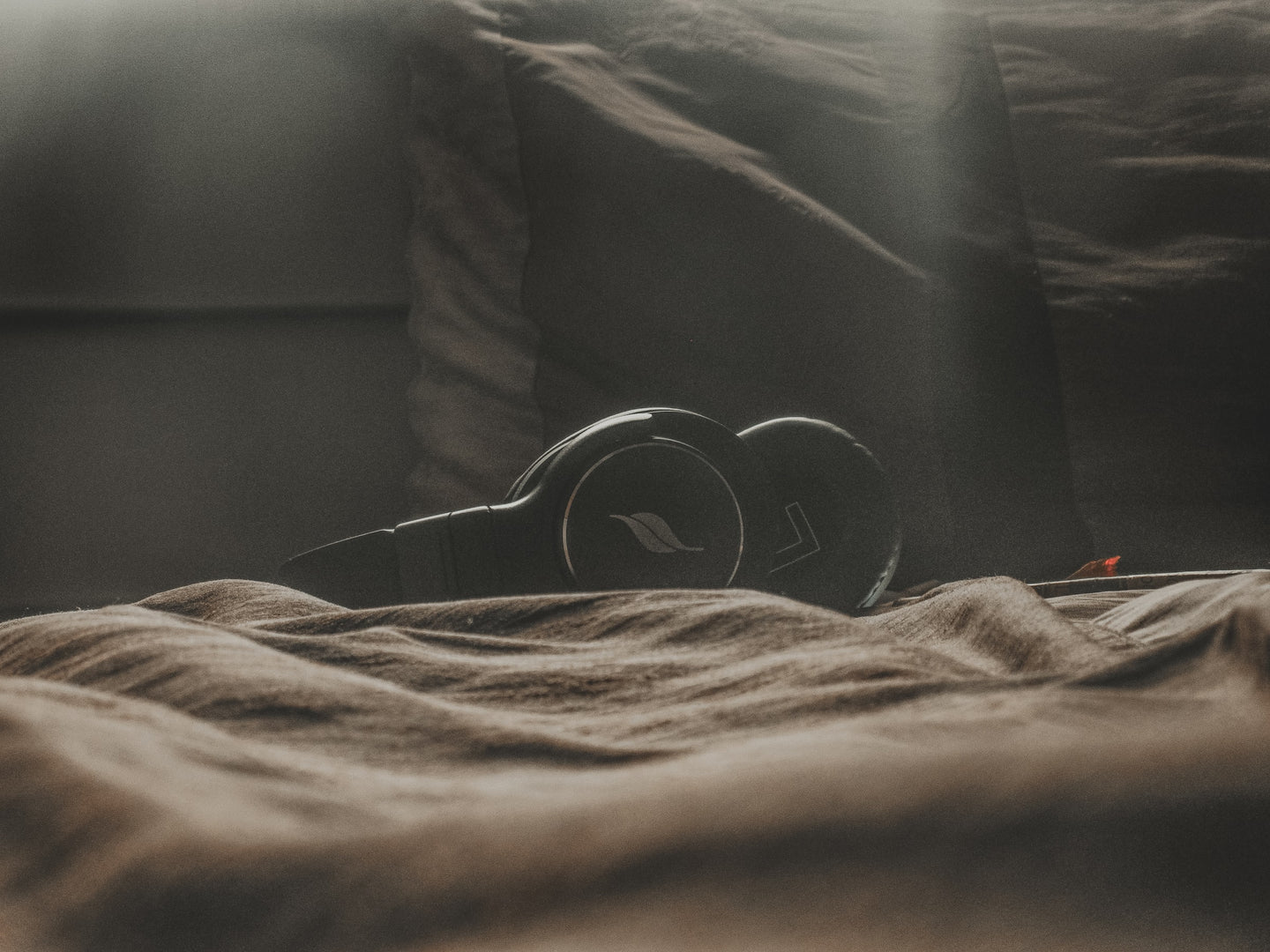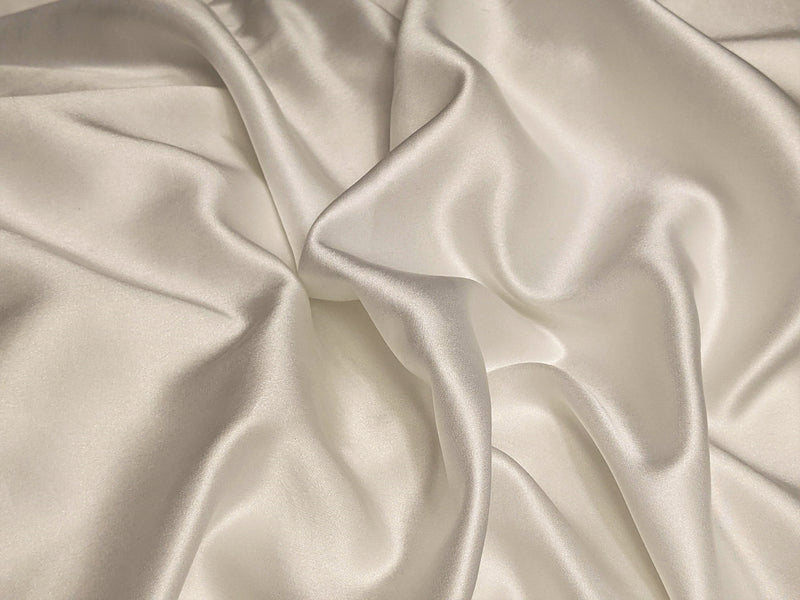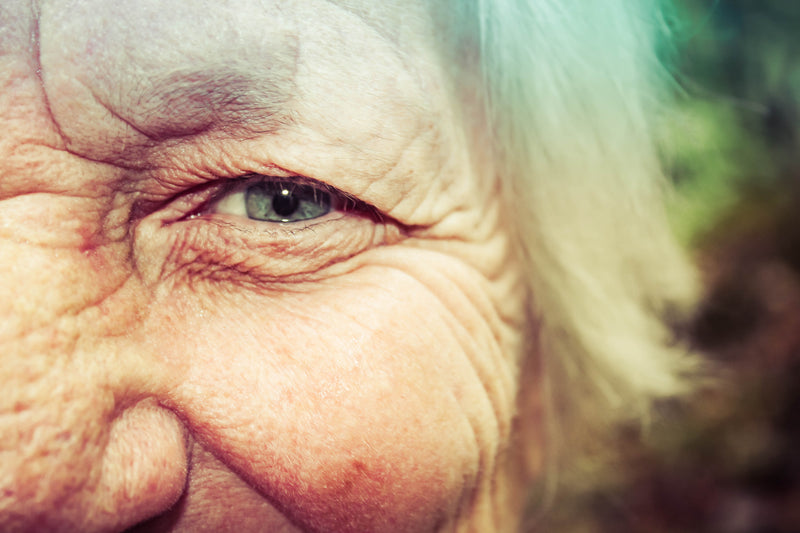Sometimes getting enough rest takes more than just going to bed at a reasonable hour. For as many as 25% of adults in the US,
chasing sleep is a nightly battle. The good news is that there are things we can do to help our bodies and our minds settle down and drift off into dreamland. And one such approach involves
sleeping audio, sounds to help you sleep.
What Is Sleeping Audio?
Also called "deep sleep sounds,"
sleeping audio is a term that describes the use of sounds to help you sleep. And while this may seem counterintuitive to some (don't sounds usually keep people
awake?), the truth is that the right kinds of sounds can actually reduce the time it takes to fall asleep, and promote deeper, more-restful sleep through the entire night.
How Does Sleeping Audio Work?
Many of our senses continue to monitor the world around us even while we rest. Our ears in particular are constantly listening for irregular sounds that might indicate danger or other situations worth waking us up. This is why things like home smoke detectors or bedside alarm clocks tend to operate using piercing, jarring sounds. And even noises that don't bring us to full attentiveness can still affect our sleep cycles.
That said, certain sounds can have a calming effect on our sleeping bodies. Familiar, safe sounds tell our minds that we are in a non-threatening environment, and that we won't be in danger as we fall asleep. For babies and young children, these sounds might include lullabies or the sounds of parents talking in the next room. In others, perhaps playing a favorite album or even hearing the muffled sounds of cars outside can produce the same effect.
Additionally, a certain amount of constant sound can actually create a masking effect over other sounds. White noise (and it's cousins
pink noise,
brown noise,
gray noise, etc.) may be particularly effective at blocking out the noises and sudden changes in ambient sound that stand in the way of restful sleep. As the brain becomes used to the constant hum of white noise, it stops consciously noticing it. Instead, it interprets the sounds as a kind of silence " which is often more "silent" than the sounds of snoring partners, howling wind, neighborhood dogs, or other irregular nighttime noises.
But white noise is only one option when it comes to sleeping audio.
What Are Different Types of Sleeping Audio?
If you're considering using sounds to help you sleep, then one important thing to recognize is that different sleepers respond to different sounds
differently. What helps you drift off to sleep may have the opposite effect on someone else. For example, someone raised in the country might find the sound of crickets soothing, while the same chirping could be unbearably noisy to a person who's never left the city. Relaxing sleep sounds are unique to individuals.
That said, there are certain kinds of sleeping audio (sounds to help you sleep) that are very popular among the sleep deprived:
1. White Noise
Probably the most-common type of sleeping audio, white noise combines all of the frequencies detectable by the human ear, resulting in a sort of "
shhhhh" sound. When played at a consistent amplitude, white noise creates a blanketing effect to conceal other sounds. Pink noise, brown noise, and the other "colors" of noise each play with different frequencies and power densities, creating slightly different end results.
Although using a white-noise app or
white-noise machine is common, some people may not even realize that they depend on white noise to get to sleep. If you like to have a fan running in your room at night, then you may already be using white noise.
2. Podcasts
It may seem like a podcast would be the last thing you"d want playing when you're trying to fall asleep. After all, human speech is anything but consistent, and variations in volume, pauses, and even topics seem like they would prevent listeners from drifting off. Still, there is a growing number of people who find that a good podcast is just the thing they need.
What's the key factor here? Experts don't know for sure, but it's suggested that for those who have difficulty shutting down their own internal monolog, listening to a podcast can be a way to forget about worries and anxieties, and finally get some rest.
3. Lullabies
There's no denying that lullabies can help calm fussy babies. What
might be surprising is that those same cradle songs may have a similar effect on certain adults. This could be because lullabies are generally very soothing sounding, and tend to convey (either through lyrics or comforting melodic tendencies) feelings of affection and safety. What more could you want?
Of course, not every adult is going to get drowsy at the sound of
Rock-a-bye Baby; a lot of the lullabies effectiveness probably comes from
association. If you have fond memories of lullabies from when you were a young, then those same lullabies may become important sleep rituals to help signal to the brain that it's time for bed.
4. Bedtime Stories
Much like lullabies, bedtime stories are a well-used device in the parents" bedtime toolkit. For children, the benefits of bedtime stories go beyond just lulling them to sleep; when kids are read to, it builds strong familial bonds and reinforces developing language skills. As for adults, more and more are discovering that a soothing voice and a simple story can help them bridge the gap between awake and asleep.
Combining the positive association of lullabies with the self-distracting-ness of podcasts, bedtime stories can help us quiet our minds of self-sabotaging thoughts and anxieties, and help us recapture childhood feelings of safety and comfort. Pre-recorded bedtime stories are available online and through select apps.
5. Music
Nodding off to a relaxing tune is something most people have done at one time or another. Of course, some styles of music are likely to be more, or less, effective. Fast-paced, intense music can increase the pulse rate and drive away any possibility of rest. Those who are interested in using music to improve their sleep are likely to have better luck with a relaxing, slow tempo.
Interestingly enough, studies have found that songs with a tempo of approximately 60 beats per minute are among the most effective at promoting sleep. Why is this noteworthy? Because 60 beats per minute is also an ideal pulse rate for falling asleep. It's suggested that music can actually "tune" your heart rate, slowing it to match the tempo, and thus preparing your body to drift off to sleep.
Sleep Audio for Sound Sleepers
If you find that you're having trouble falling asleep, staying asleep, or getting the kind of full, restful sleep you need, a little more noise may be the answer. The right kinds of sleep audio can help you drown out unwanted sounds and silence your own thoughts, so you can drift peacefully into dreamland. Check out different sleep-aid apps to see what works best for you, and become the "sound" sleeper you always wanted to be. Learn more about the science of sleep and sound
here.


